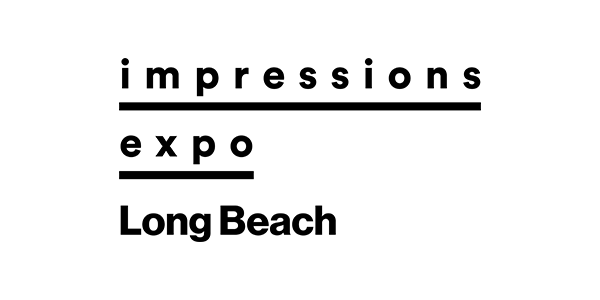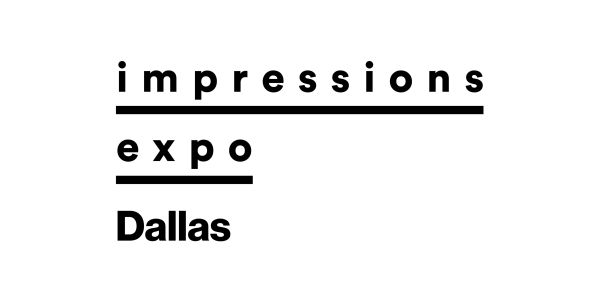Profitable decorated apparel companies that want to stay in business cannot evade raising prices. Whether they are triggered by supply and blank apparel increases or employee overtime to meet order deadlines, price hikes are necessary. Sometimes, you can delay a price increase by looking for ways to be more efficient or cut in-house costs. And that should be your first step as you begin the process of determining if and when a price increase is needed.
Once you’ve determined that your shop is as lean and mean as it can be, you must determine whether you are willing to push your employees harder. The money has to come from somewhere, and you must decide if you will cover increasing costs on the backs of employees or by raising prices.
Many decorators find that employees are working as hard as they can, so the best way to offset overhead costs is to adjust the pricing structure. If you find yourself in this situation, don’t panic. With smart strategy and a clever client response plan, you can raise prices without causing customers to run for the door.
1. Raise prices regularly (and subtly). Decorators often make the mistake of doing everything but raising prices to offset rising overhead costs. For example, after years of seeing your ink and garment costs rise and managing the increases by working long hours and just scraping by, you finally decide it’s time to raise prices. You may have survived the year-over-year overhead cost increases by pushing your employees harder, but your business can no longer operate with the prices you currently offer.
This leads you to raise your prices substantially, and very noticeably to your clients. How do you think they’ll react to a T-shirt now costing $15 instead of $10? It’s likely they won’t take it well at all.
Instead of waiting until you have to raise prices to turn a profit, make time to sit down, figure out all your costs and what you’d like your profit margin to be and record that data regularly in Microsoft Excel so you get an accurate idea of what you should be charging. As you record your costs and prices over time, you can develop a reliable pricing formula.
When ink costs hit a certain level that mandates a nominal price increase, you’ll know within days because you’ll be regularly updating and evaluating your costs-versus-prices data on your spreadsheet. Many decorators make the mistake of not watching their costs as carefully as they should; consequently, they realize they need to charge more when it’s way past due. This catalyzes the unwelcome need for a large price increase.
As you see your supply costs rise, make nominal increases to your per-item charge. This can be done quarterly, semi-annually or yearly. Let’s face it: A $0.50 increase is much more tolerable than a $5 increase in the eyes of your customers, and also easier to explain.
2. Develop a smart way to explain price increases. At some point, a repeat customer will ask you why you’re charging more. Instead of rambling on about rising costs and how your employee benefits program costs more, simply say, “In order to provide the level of service that you have come to expect from us, we find it necessary to increase our prices this much.”
This statement reaffirms your high level of customer service and commitment to your client’s happiness. And by not rattling on about your electricity bill and expensive suppliers, you won’t sound whiny and unprofessional, which can be a turnoff.
3. Always know what your competition is charging. Whether through an anonymous quote or by digging into price lists posted online, staying aware of your competitors’ prices is imperative to knowing what to charge for your services and products.
It requires extra time and research, but make the effort to collect pricing data on your competitors at least once a year. Then, you can see their year-over-year percentage increase and know how to competitively price your own goods.
Also, if you notice that your competitors’ prices are much higher than yours, it’s likely that you’re underpriced. If your fees are much higher on average, then you’re overpriced. Use this data to see where you may have gone wrong in your pricing strategy. But don’t get stuck in the mindset that you need to charge just a little bit less than your competitors; avoid the nickel-and-dime scheme.
Be aware of all the minor services your competitors offer, too, which may influence pricing. For example, how does their shipping cost compare to yours? Do they charge extra for a set-up fee, for example, when it’s included in your base cost? Cover all the angles to get a realistic view of how your prices compare and then make adjustments as necessary.
4. Do not post or mail out a price list. One of the best ways to avoid complaints about price increases is to custom quote all of your orders. However, not having a published price list also prevents customers from making purchase decisions at 10 p.m. if they have to contact a salesperson for a price quote.
You may have a client who remembers the ballpark price she paid last year for her cheerleading squad’s spirit T-shirts and she may ask why you are charging her more now. But overall, customers do not remember exact costs, and as long as you provide goods and services to them at a value and price they perceive as reasonable, you will not receive much pushback.
However, many decorators have had established price lists available for years and it’s often not easy to pull that list from your website or remove it from a client’s files. If you find yourself in this situation, consider reconfiguring your price list instead of just hiking up prices and re-issuing it.
To reconfigure your price list, consider your cost per unit and how you can extend it. For example, you may charge $10 per unit for 50 items, $7.50 for 100, $5 for 200 and so on. Consider expanding your per-unit options, which is a sneaky way to charge more: Continue charging $10 per unit for 50 items, but add in $8.75 per 75, $6.25 for 150, etc.
Clients often will see the bargain of purchasing at a higher number than they need, which may help you cover your bottom line and then some. Adding these levels also will make your pricing that much more attractive to your customers.
5. Hold a meeting to prepare your staff for price increases. One of the worst things you can do when a price increase goes into effect is not properly prepare your employees, particularly your sales and customer service staff members.
Hold a meeting that includes every staffer to review your price increases and implementation strategy. Will your website manager need to post an updated price list? How will your sales team need to handle pushback from customers? Will you train them so that their client communications are consistent? These are the types of questions you must be prepared to answer at the meeting.
In addition, and as a baseline strategy, prepare your sales team to sell memories, not just T-shirts, to your customers. A business that markets its product as something to which a client can tie emotion will be far more successful than one that is just selling a product that can be purchased from thousands of other businesses.
Last but not least, be smart with your price increases. Sometimes, all you need to do is make small adjustments on certain services or specific per-unit costs, and not across the board. By staying abreast of your costs and desired profits, you’ll know the services or add-ons for which you can charge a little more, and the ones you can leave as-is.
All in all, do not look at price increases as a necessary evil. This attitude will be reflected to your staff and customers. Remember, you and your employees deserve to get paid a fair price for the services and goods you provide. As ink and screen costs, hourly wages and rent charges increase, so do your prices. It’s a simple fact of business.
Greg Kitson is founder of Mind’s Eye Graphics, Decatur, Ind. For more information or to comment on this article, email Greg at [email protected] or visit mindseyeg.com. Hear Greg speak on apparel decorating topics at the 2013 Imprinted Sportswear Shows (ISS). Reduced workshop and seminar rates are available if you preregister: issshows.com.




